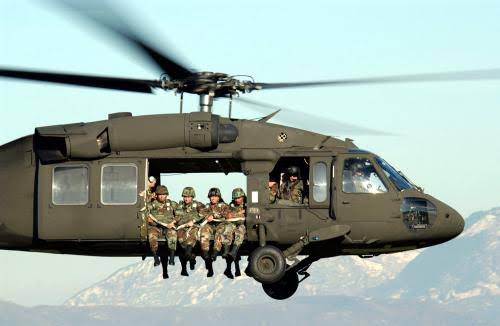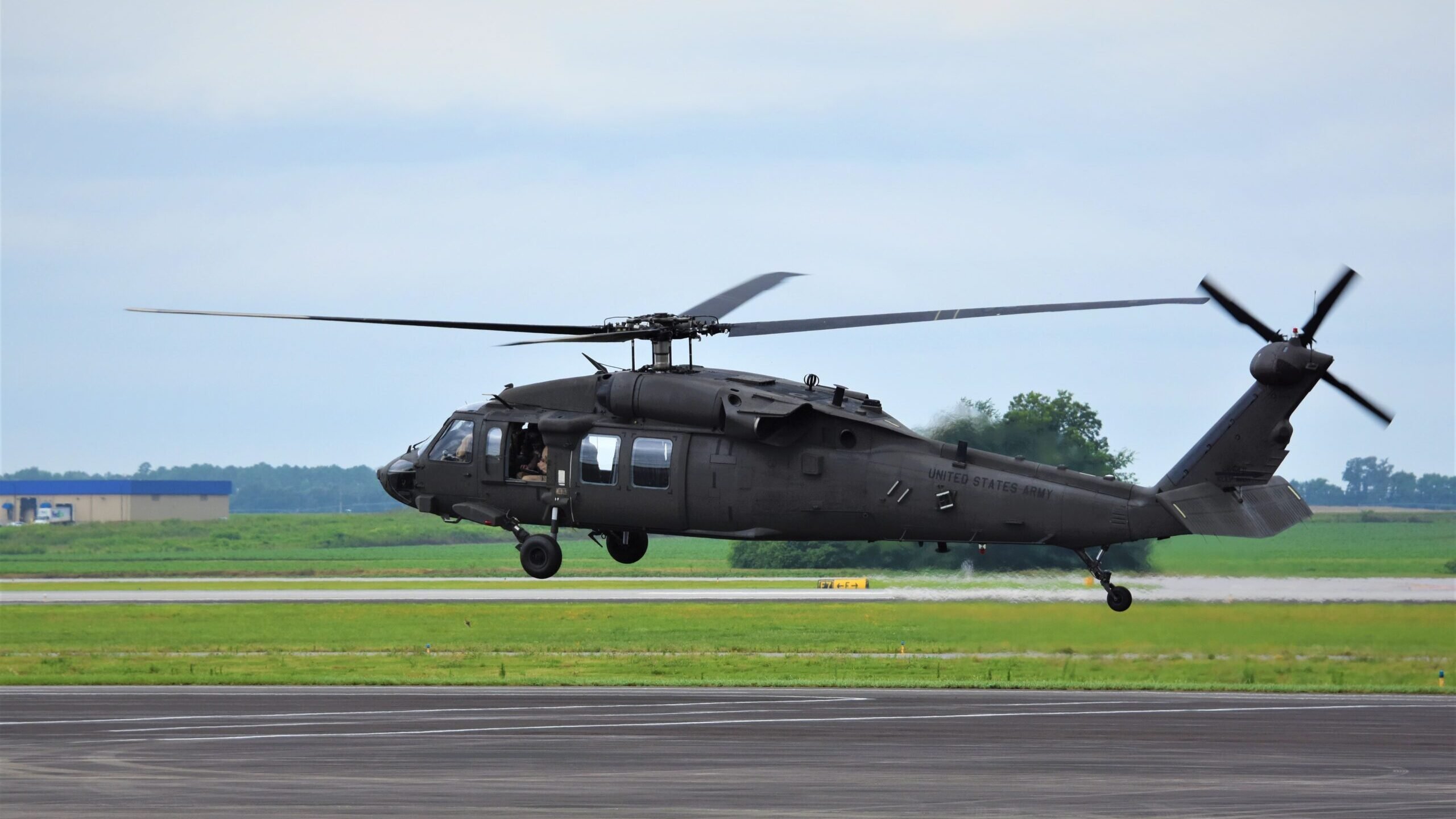The Function of UH 60 in Modern Military Operations
The Function of UH 60 in Modern Military Operations
Blog Article
The Influence of Sustainable Practices on the Future of Airplane Procedures and Emissions Decrease
As the air travel industry faces enhancing scrutiny over its ecological influence, the fostering of sustainable techniques becomes a crucial pathway towards future airplane procedures and emissions decrease. Developments in lasting air travel gas and advancements in hybrid propulsion innovations stand at the leading edge of this change, promising significant reductions in greenhouse gas emissions. The effective combination of these initiatives hinges on a range of elements, including governing structures and market cooperation. The concern continues to be: just how will these evolving practices improve the dynamics of flight and add to a much more sustainable future?

Introduction of Sustainable Practices
Sustainable techniques in aircraft operations incorporate a variety of approaches focused on minimizing environmental effect while keeping functional effectiveness. These techniques are essential in the aviation industry's dedication to decreasing its carbon impact and sticking to global ecological criteria. Secret efforts include optimizing flight paths to decrease gas usage, improving maintenance methods to make sure aircraft run at peak efficiency, and carrying out advanced innovations such as winglets and light-weight materials that enhance the rules of aerodynamics.

Educating and involving staff on sustainability practices likewise play an important duty, fostering a culture of environmental duty within companies. Overall, the combination of these lasting methods not just aids minimize discharges yet also enhances the long-lasting viability of the aeronautics field, ensuring it fulfills the needs of both consumers and governing bodies while contributing to worldwide sustainability goals.
Ingenious Gas Alternatives
Numerous cutting-edge fuel options are becoming essential remedies to reduce the aviation sector's dependence on conventional nonrenewable fuel sources. Amongst these choices, Lasting Aviation Gas (SAFs) have gotten substantial interest as a result of their prospective to lower lifecycle greenhouse gas discharges by approximately 80% compared to conventional jet fuels. SAFs are originated from numerous feedstocks, including waste oils, agricultural residues, and even algae, making them a flexible alternative for the industry.
One more encouraging choice is hydrogen gas, which, when used in gas cells, creates only water vapor as a result. Furthermore, electrical propulsion systems are being explored, leveraging battery modern technology to power aircraft.
Lastly, biofuels originated from biomass are being explored, offering an eco-friendly choice that can be combined with standard fuels. Jointly, these cutting-edge gas options represent a critical action towards attaining a sustainable air travel community, aligning with global exhausts decrease targets and boosting the sector's environmental stewardship.
Technological Advancements in Aviation

How can technical developments reshape the future of air travel? Technologies such as hybrid and electric propulsion systems are at the forefront, appealing considerable decreases in gas consumption and greenhouse gas emissions.
Furthermore, the application of innovative materials, such as light-weight composites, adds to enhanced the rules of aerodynamics and gas efficiency. The usage of expert system and artificial intelligence in flight operations optimizes route preparation and reduces fuel burn by making it possible for real-time changes based on weather condition and web traffic problems. Additionally, the development of independent and remotely piloted airplane systems stands to revolutionize freight and passenger transport, possibly enhancing performance while minimizing human mistake.
Furthermore, sustainable aeronautics innovations, including sophisticated air traffic administration systems, can simplify operations and minimize blockage, bring about reduced emissions during flight. These developments collectively stand for a standard shift in air travel, assuring a future where sustainability and operational efficiency are linked, thus sustaining the sector's commitment to lowering its ecological impact.

Regulatory Structure and Conformity
Taking into account the expanding focus on ecological stewardship within the aeronautics field, the governing structure controling airplane procedures is progressing to advertise sustainable methods. Regulatory bodies, such as the International Civil Aviation websites Organization (ICAO) and various nationwide aeronautics authorities, are introducing stringent guidelines targeted at lowering exhausts and boosting functional More Info effectiveness.
These policies frequently include the fostering of Sustainable Aeronautics Gas (SAF), which has actually been identified as an essential element in attaining lower carbon impacts. In addition, conformity with these laws calls for airline companies to implement innovative technologies and operational practices, such as optimized flight paths and boosted air traffic management, to minimize gas usage.
Additionally, the enforcement of discharges trading schemes and carbon countering campaigns is coming to be increasingly common, compelling airline companies to keep an eye on and report their exhausts properly. Non-compliance can cause substantial penalties, thus pressing drivers to prioritize sustainability in their service models.
Eventually, the evolving regulatory landscape not just drives technology and investment in environment-friendly technologies however also fosters a society of accountability within the air travel sector. As these frameworks proceed to create, the concentrate on lasting methods will be essential to achieving the industry's long-lasting ecological goals.
Future Patterns in Aircraft Procedures
As the air travel industry adapts to an increasingly strict governing atmosphere, future trends in airplane procedures are established to focus on innovative options that further enhance sustainability and efficiency - uh 60. Trick advancements will likely include the fostering of innovative air web traffic management systems, which make use of real-time information and expert system to optimize trip courses, decreasing gas consumption and emissions
Another substantial fad is the increased assimilation of lasting air travel fuels (SAFs) These choices to standard jet gas, obtained from renewable sources, can substantially lower lifecycle greenhouse gas discharges. The sector's dedication to SAFs will likely speed up as airlines work together with fuel manufacturers to ensure schedule and cost-effectiveness.
Furthermore, the press in the direction of electrification and crossbreed propulsion systems is gaining energy. Arising airplane styles will integrate these innovations, offering quieter and extra effective operations, especially for short-haul flights.
Verdict
Finally, the integration of lasting practices in aircraft procedures holds substantial capacity for exhausts decrease and boosted efficiency. The adoption of sustainable air travel fuels, combined with advancements in electric and hybrid propulsion systems, is important for reducing lifecycle greenhouse gas exhausts. Additionally, optimizing flight paths and welcoming cutting-edge technologies add to a quieter and extra eco friendly aviation market. Jointly, these initiatives straighten with international sustainability objectives and lead the way for a greener future in aeronautics.
Innovations in sustainable aeronautics fuels and developments in crossbreed propulsion technologies stand at the forefront of this improvement, encouraging significant decreases in greenhouse gas exhausts.Various ingenious fuel options are arising as crucial services to minimize the aeronautics industry's reliance on standard fossil gas - uh 60. Amongst these alternatives, Sustainable Aeronautics Fuels (SAFs) have actually acquired considerable focus due to i thought about this their possible to decrease lifecycle greenhouse gas emissions by up to 80% compared to traditional jet gas.Another considerable pattern is the enhanced integration of sustainable air travel fuels (SAFs) The fostering of sustainable air travel gas, paired with advancements in electric and hybrid propulsion systems, is essential for lessening lifecycle greenhouse gas discharges
Report this page